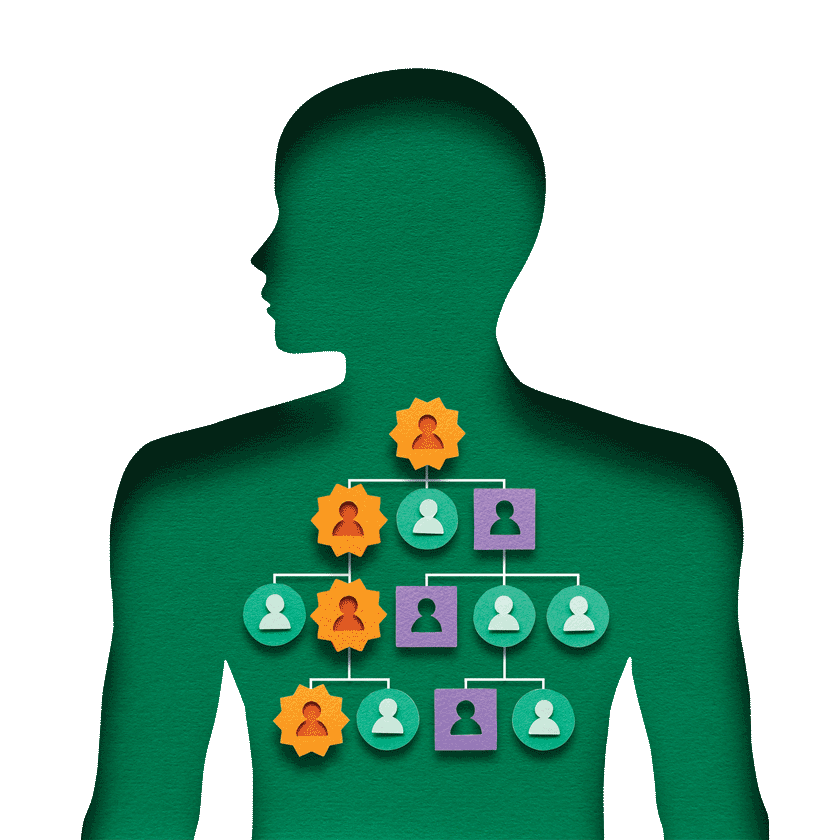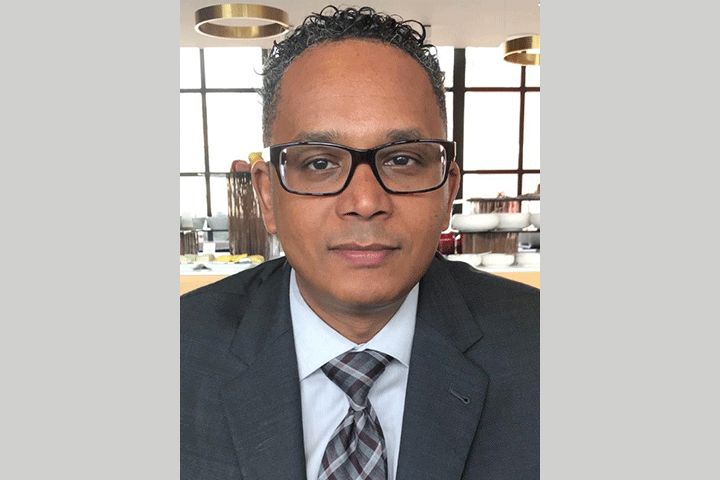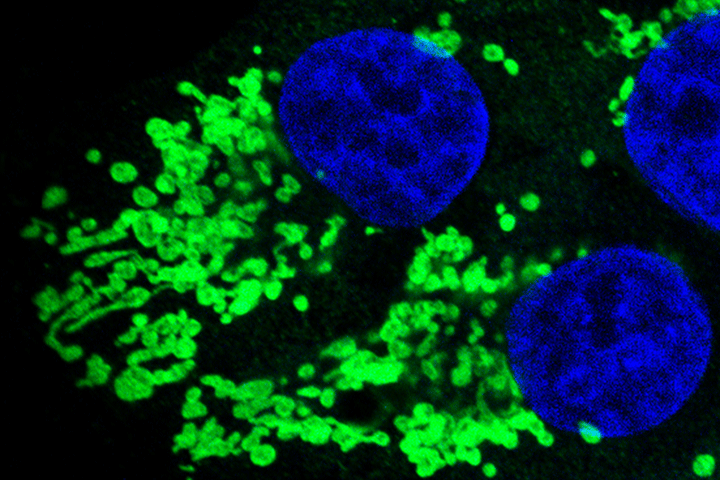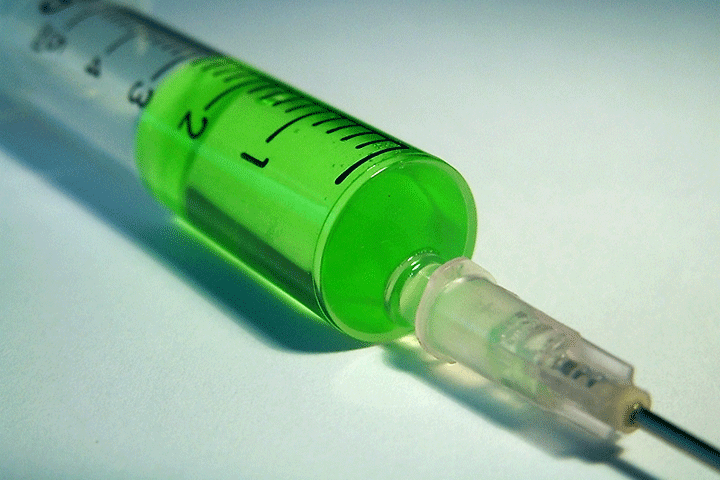Damage as a Way to Repair Pancreatic Cancer
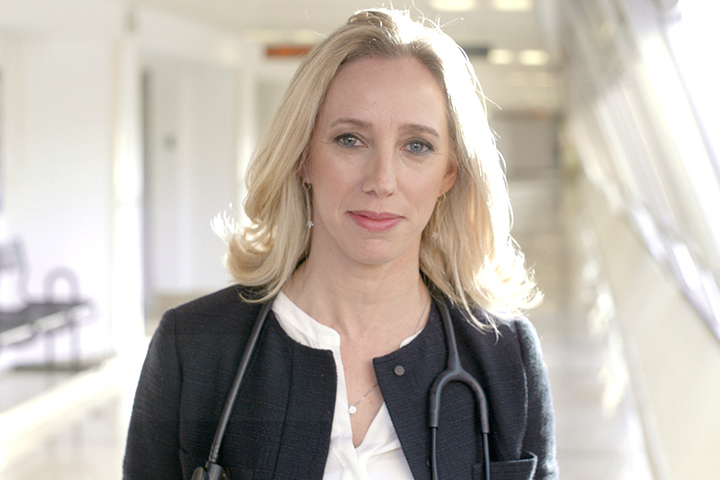
Dr. Talia Golan is passionate about pancreatic cancer.
The medical oncologist is fascinated with the biology of the disease and is moved by the meaningful interactions she has with her patients and their families. She’s not one to sugarcoat reality: It’s a devastating disease, with debilitating symptoms, both physical and psychological. But she’s also hopeful.
At the Sheba Pancreatic Cancer Center at Tel HaShomer Hospital, in Tel Aviv—the largest pancreatic cancer care center in Israel—she’s built a comprehensive care program, with substantial support services that have made a big difference in the lives of her patients and staff. “It’s been an unbelievable asset,” she says. “I can see that my patients are getting incredible care, which helps me do my job better as well.”
Golan has made strides against pancreatic cancer with her research into the unique biology of BRCA mutations, which are relatively prevalent in her patient population, and their potential susceptibility to therapies that manipulate the DNA damage response.
Pancreatic ductal adenocarcinoma (PDAC) is more than just one disease. It has been classified into several subtypes, including a “genomic homologous recombination deficient” (HRD) subtype which exhibits a mutational signature of DNA damage repair deficiency.
Within this type, germline BRCA1/2 mutation-associated tumors are the most prevalent clinical subgroup. While the frequency of pathogenic germline BRCA1/2 mutations is relatively small— 4.6 to 6.2 percent in sporadic PDAC cases—it can reach as high as 10 to 20 percent in high‐risk populations, such as Ashkenazi Jews, who frequent Golan’s clinic. So she’s been pursuing promising treatments within this niche.
Learning from Patient Avatars with BRCA1/2
The BRCA1/2 proteins are involved in the regulation of DNA damage—their DNA double‐strand breaks repair via homologous recombination. The HRD pancreatic cancer subtypes associated with BRCA1/2 mutations have increased sensitivity to DNA damaging agents, such as PARP inhibitors (PARPi).
However, many tumors eventually evolve to become resistant to the treatment, and Golan wants to figure out why. She’s testing the treatment on specially designed “patient-derived xenograft” mouse models that serve as avatars of her patients. Tumor tissue samples are taken from patients at different stages of their disease, grown on the mice, and subjected to different treatments, including platinum chemotherapy and PARP inhibitors.
In a report published in the International Journal of Cancer, she described the results of preliminary work. Liver core needle biopsies or ascites fluid were collected at distinct time points during the disease course from six patients who carry BRCA1/2 germline mutations. All six had received platinum-based and/or PARPi treatment during the course of their disease. Patient‐derived xenograft (PDX) models were generated to resemble the morphologic characteristics of the primary tumors. “Each model represented a distinct clinical scenario of PDAC, enabling testing the correlation with PARPi/platinum therapy in a pre‐clinical model,” Golan wrote.
Golan and her team were able to see clear correlations between the nature of the patients’ mutations (and in particular their homologous recombination deficiencies) and their response to treatment, both in the clinic and in the lab, on their mice counterparts. As suspected, tumors with HRD were highly susceptible to PARPi/platinum drugs, with durable anti‐tumor responses.
The information gleaned from the mouse models may help elucidate the molecular mechanisms underlying innate and acquired resistance to PARPi. Golan also hopes it will inform new tailored or combination therapies and will identify the patients most likely to respond to such treatments. “Generation of PDX models at clinically relevant time‐points has importance for translational research of novel therapies to overcome resistance and identifying patients most likely to respond to PARPi/platinum-containing agents,” she wrote.
The Secret to Success
Golan, whose program sees about 250 new patients per year, works with fellow physicians and researchers around the world as part of a closely collaborative community to share knowledge, create clinical trials, and expand treatment options for pancreatic cancer patients.
“Very few people can find success solo. We know we must collaborate, and we all want to work together on this disease. It’s a highly devoted group in pancreatic cancer, and it’s been a very rewarding experiences,” Golan says.
Other promising avenues for research, according to Golan, include the search for additional therapeutic agents which target DNA repair pathways, as well as immune therapeutics, which could have a great impact on subsets of PDAC patients with high mutation burden—once scientists figure out how to get around roadblocks in the tumor microenvironment.
“There’s a lot of work still to do. There are still a lot of patients dying too quickly, and they are suffering. But I think we can see that the wind’s going in the right direction,” she adds.



